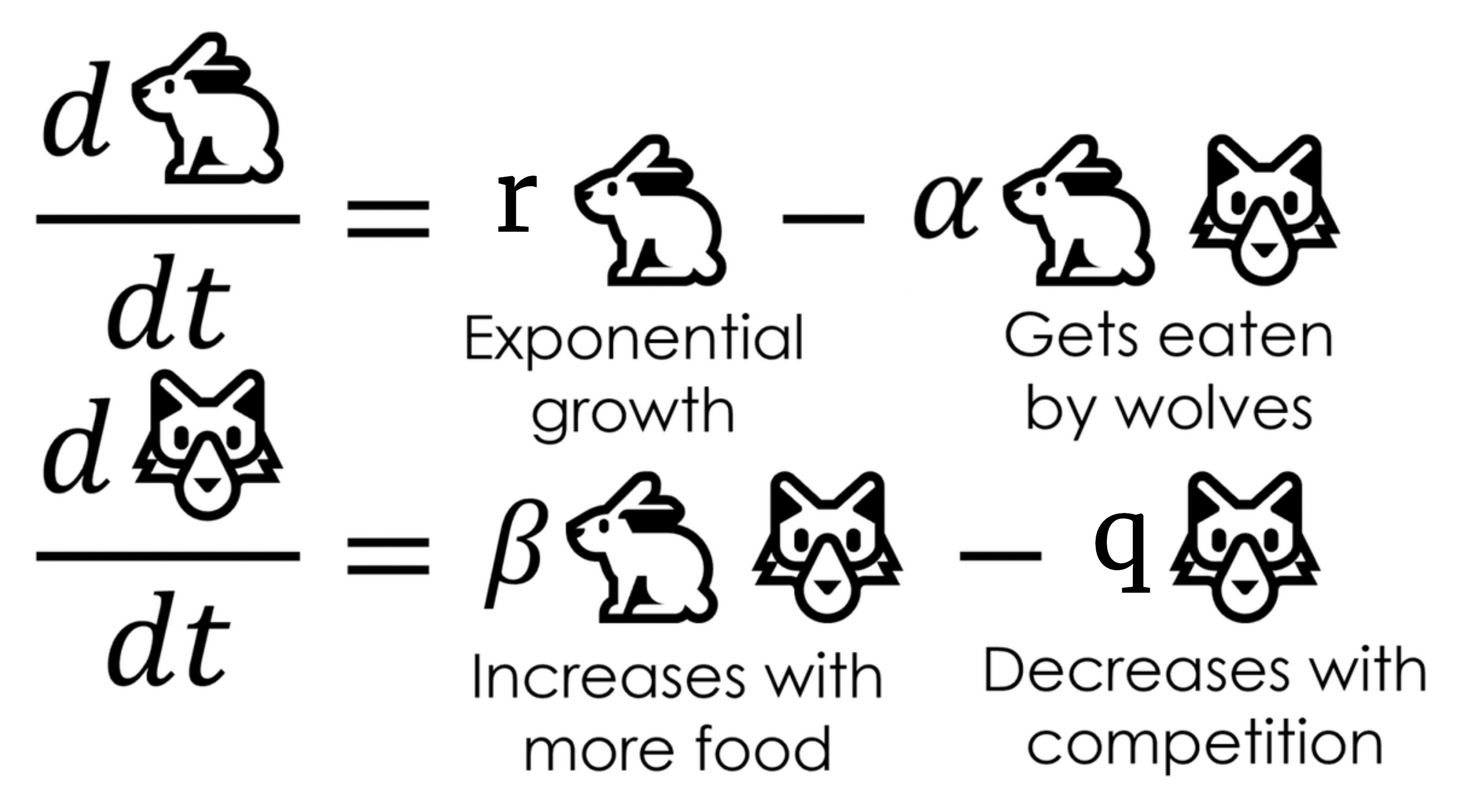If your lemonade stand makes $200/yr, how much money do you make from your lemonade stand over 4 years?
Do you know how much total money you have in your bank account from the information above?
Big takeaway: We can know how much an amount changes without knowing the absolute amount in our bucket. But if we want to know the absolute amount, then we need an initial condition!
